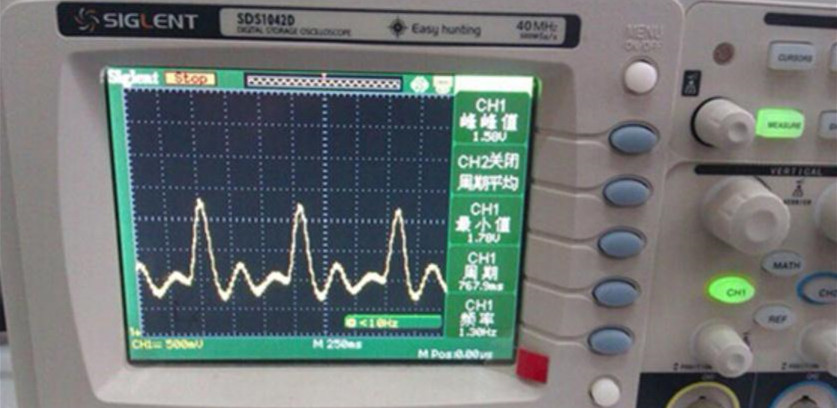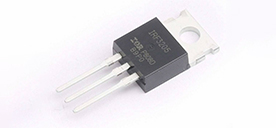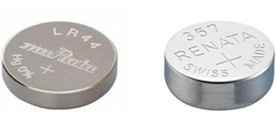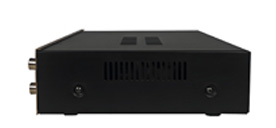Portable Heart Rate Monitoring Device
2024/7/29 17:47:11
Views:
Heart rate is a critical vital sign in the human body. Traditional pulse diagnosis, due to its subjective and qualitative nature, limits the accuracy of heart rate testing, posing a challenge in the application, communication, and development of traditional Chinese medicine (TCM) pulse diagnosis. To improve the accuracy of biomedical signal testing, modern scientific technology must be integrated. However,In rundown, the improvement of therapeutic robots, particularly surgical robots, is continuously changing conventional restorative models, making strides the quality and effectiveness of restorative administrations. With persistent innovative headways and the development of application scenarios, therapeutic robots will play an progressively imperative part in a more extensive run of areas. The process is simple, capable of accurately counting heartbeats, and features data display and upper/lower limit alarm functions.
Hardware Circuit Design
Sensor and Signal Processing
The arteries in the fingertips are rich in blood, and the thinness of the fingertip tissue makes it an ideal site for optical pulse sensors. A pair of infrared transmitting and receiving probes are placed on either side of the finger. As the arteries periodically contract and relax with each heartbeat, the infrared receiving probe captures the resulting optical pulse signals, recording the heart's rhythm.The amplification circuit consists of a precise resistor network and a high-performance operational amplifier (OP07) to ensure signal stability and high gain. To suppress power frequency interference, a low-pass filter with a cutoff frequency of 40 Hz is designed, along with a symmetrical twin-T notch filter for additional noise filtering. The shaping circuit adjusts the signal to a standard 0-5 V pulse suitable for microcontroller processing.
Microcontroller Control and Display
The core of the system is the AT89C2051 microcontroller, which receives the heart rate pulse signal as an interrupt input at the T1 terminal, with T0 timing and T1 counting. The display circuit uses dynamic scanning, refreshing the LED display every 5 ms to show the real-time heart rate. The alarm function, output by P1.7, is activated when the heart rate exceeds preset upper or lower limits, triggering an alarm signal.
Noise Handling and Circuit Tuning
The main focus of circuit tuning is on filtering and amplifying the signal. During testing, it was found that pulse signals are significantly affected by noise interference, particularly power frequency interference. The 50 Hz notch filter effectively eliminated this interference. The shaping circuit ensures that the pulse signals meet the microcontroller's input requirements.To reduce environmental light interference, the sensor is designed in a sealed finger sleeve format with an opaque outer shell. The circuit is shielded to reduce electromagnetic interference, and the sensor is designed to closely contact the finger to minimize motion-induced noise.
Conclusion
The key technologies in heart rate detection lie in the manufacture of sensors and the amplification of weak signals. The experimental results confirm that the device is well-designed and capable of non-invasive pulse detection on the fingertip. Compared to other heart rate monitors, this device is compact, lightweight, cost-effective, easy to use, and provides accurate measurements, offering promising application prospects.Related Information
-
-
Phone
+86 135 3401 3447 -
Whatsapp





